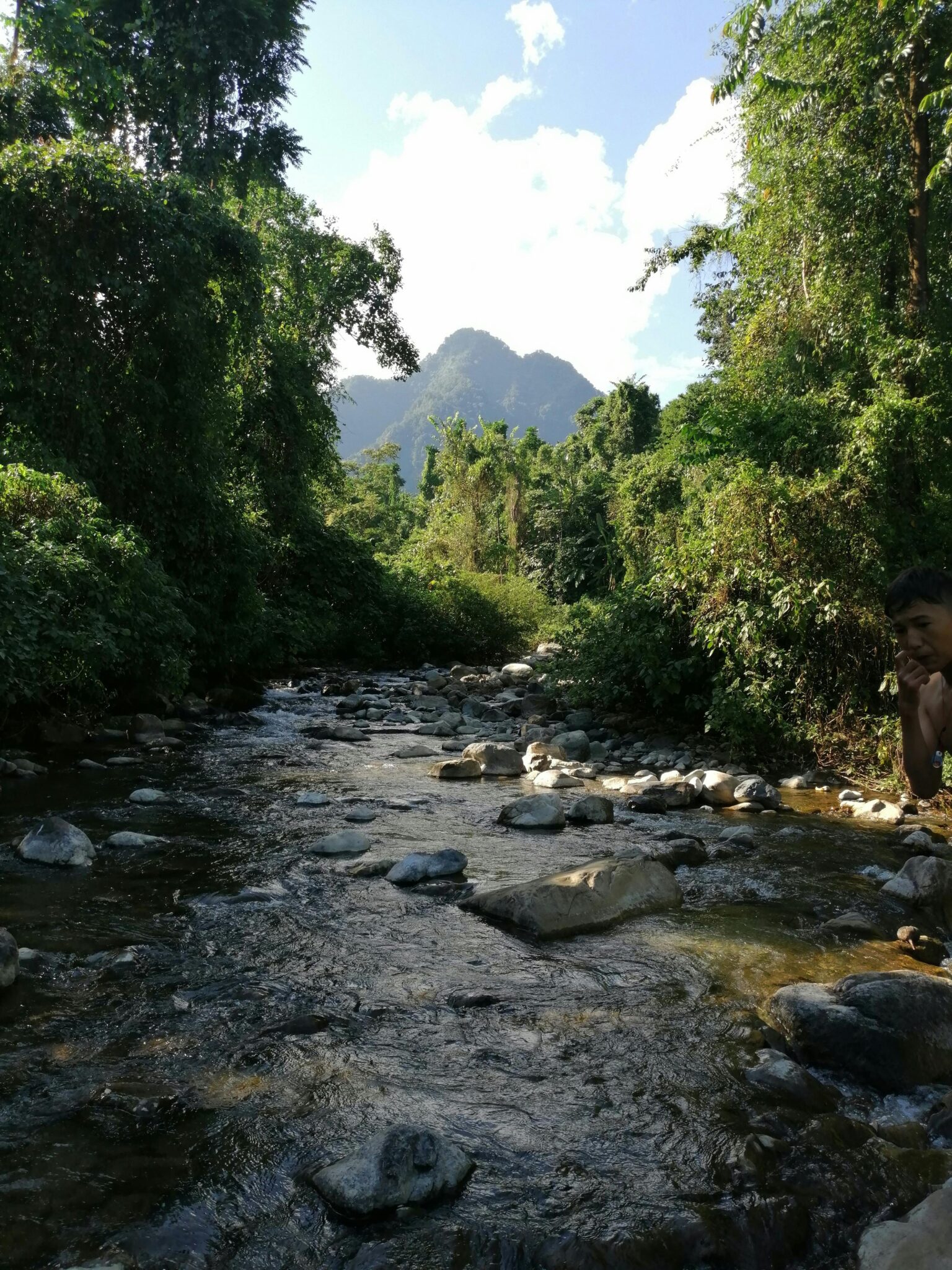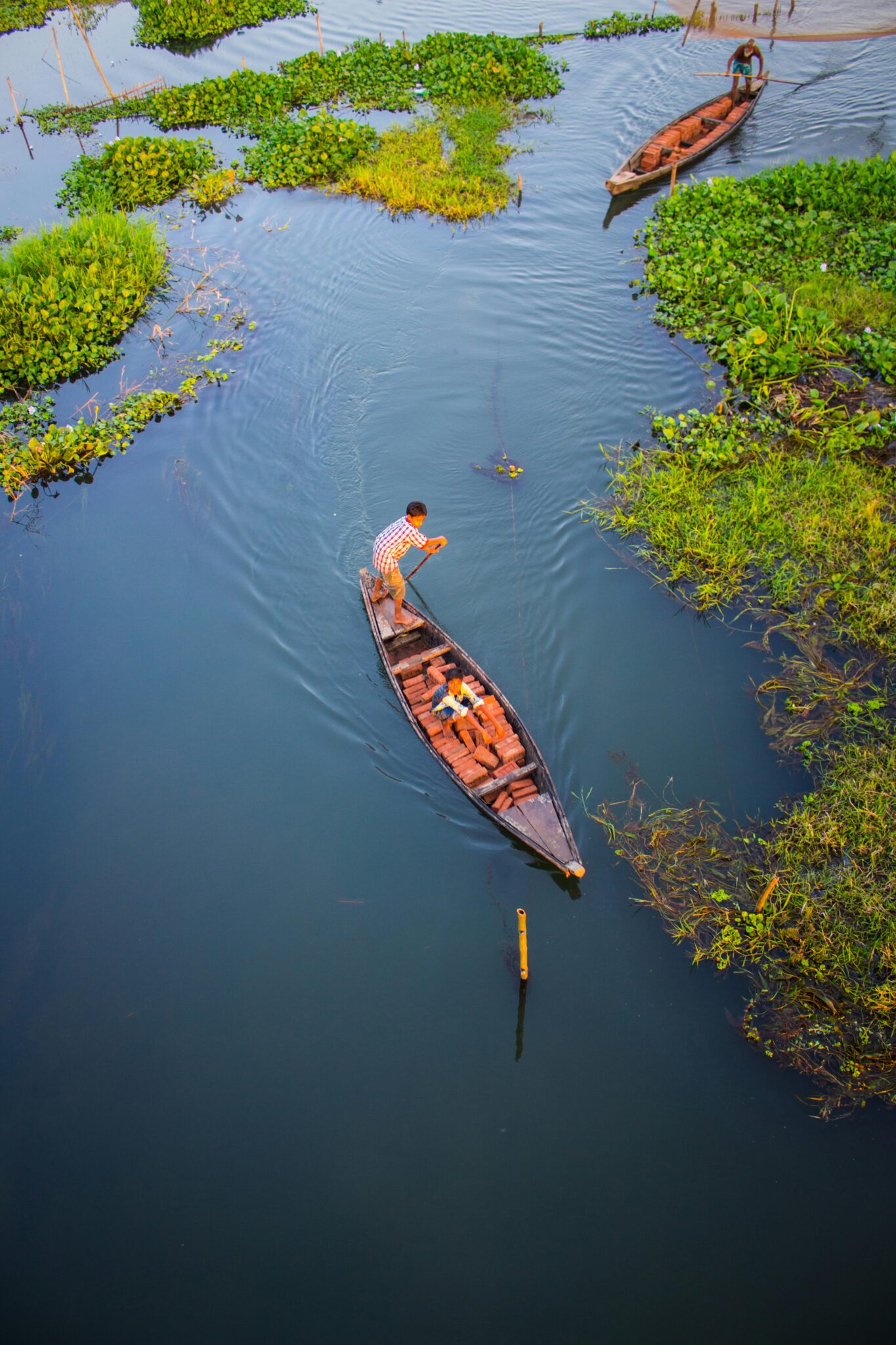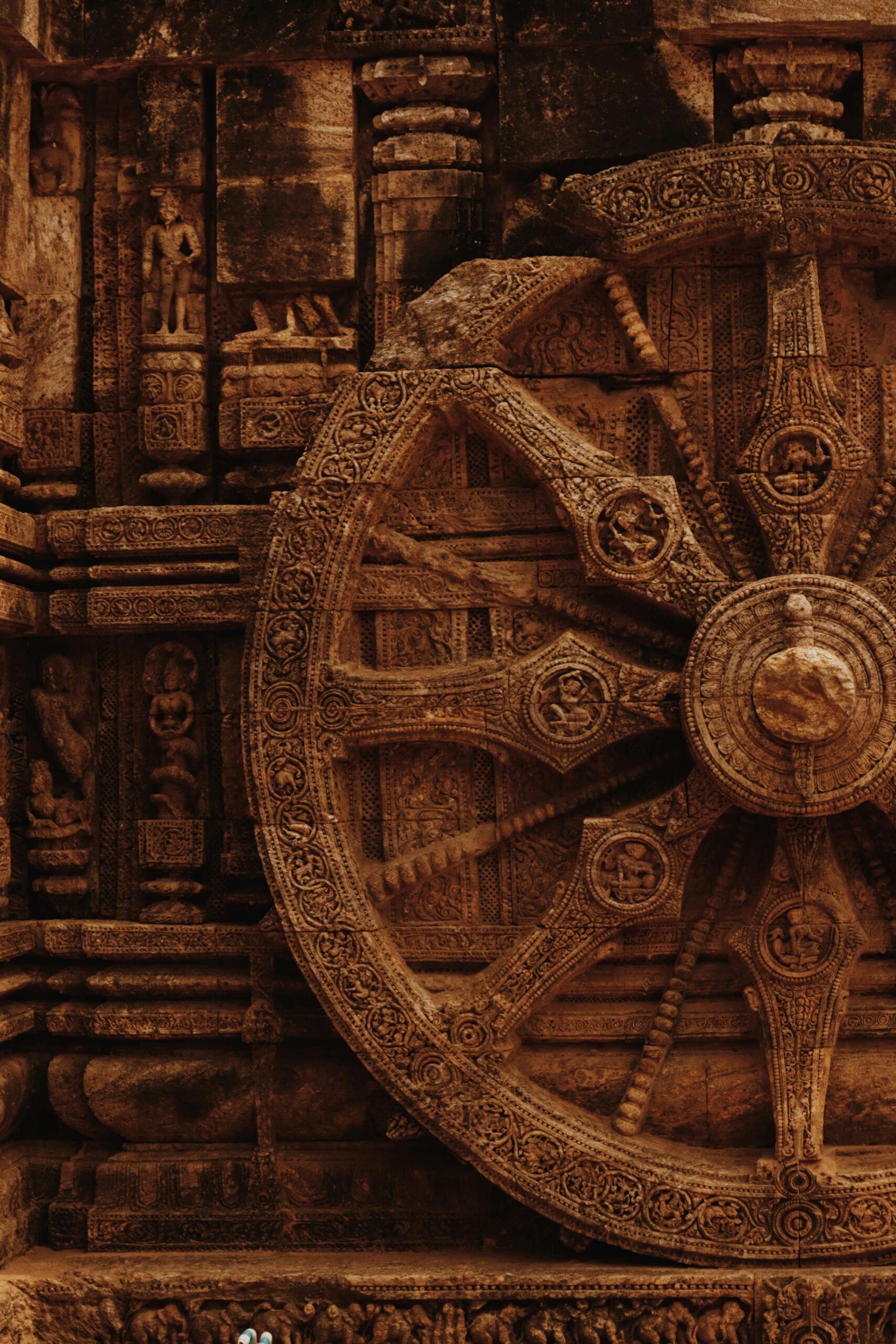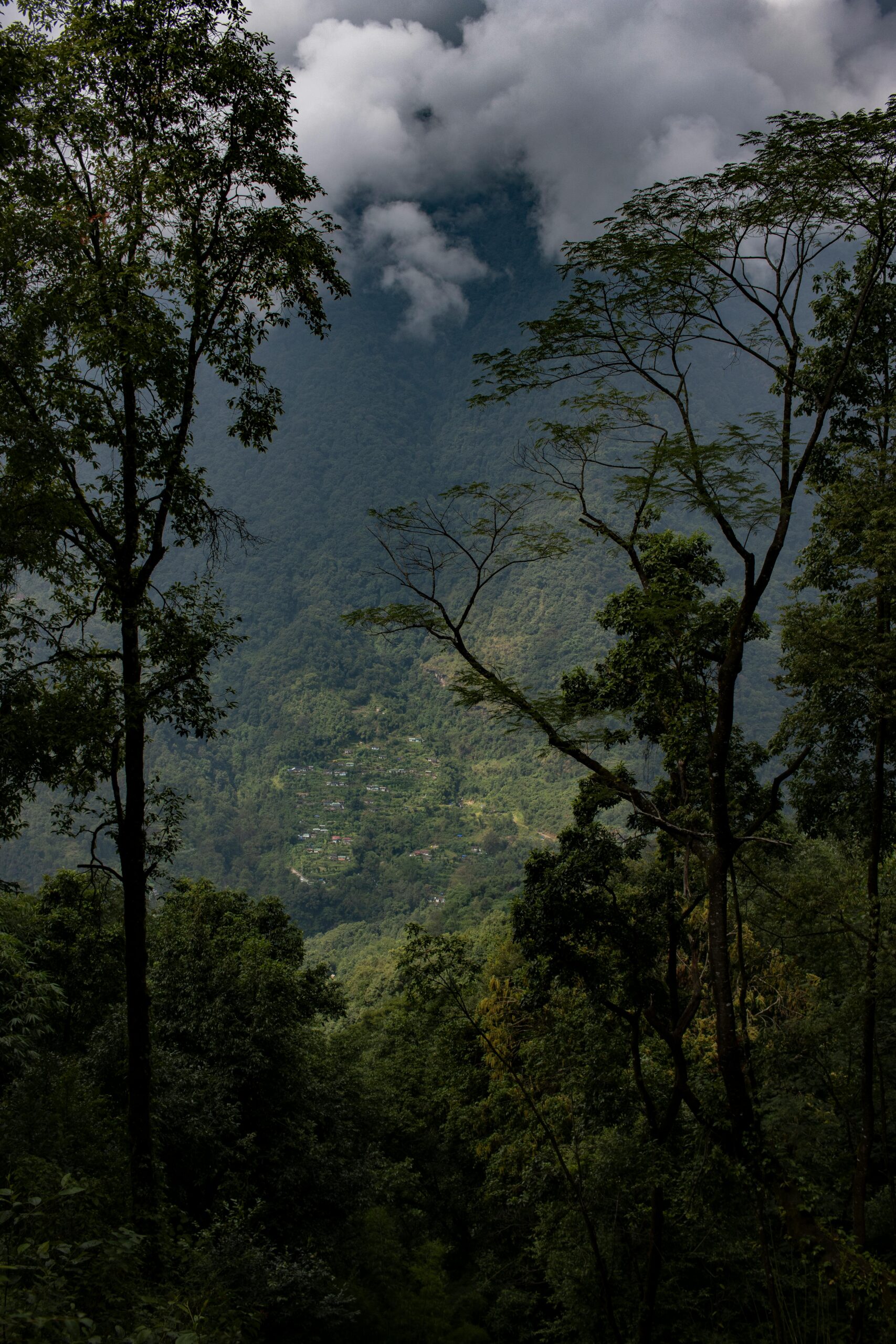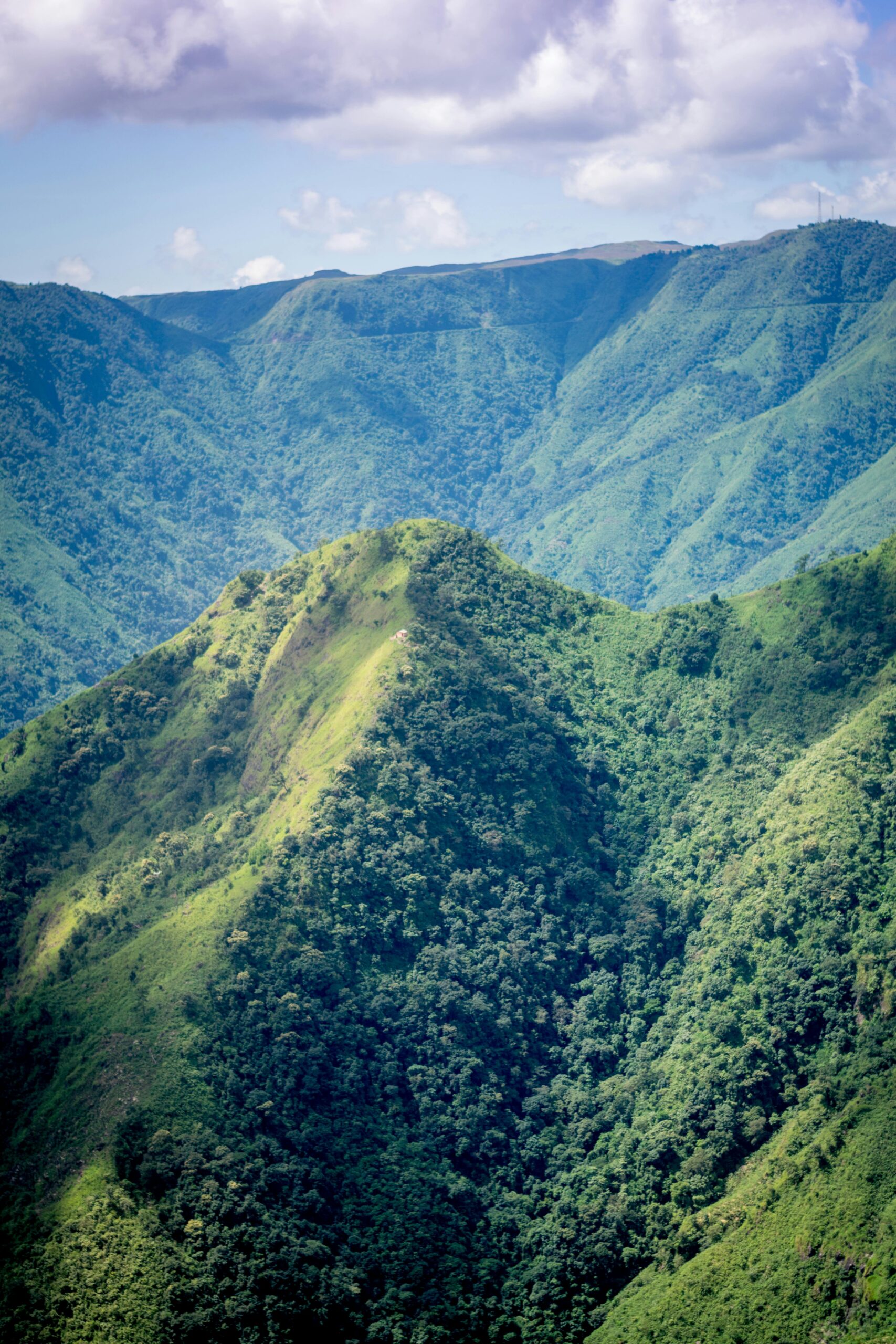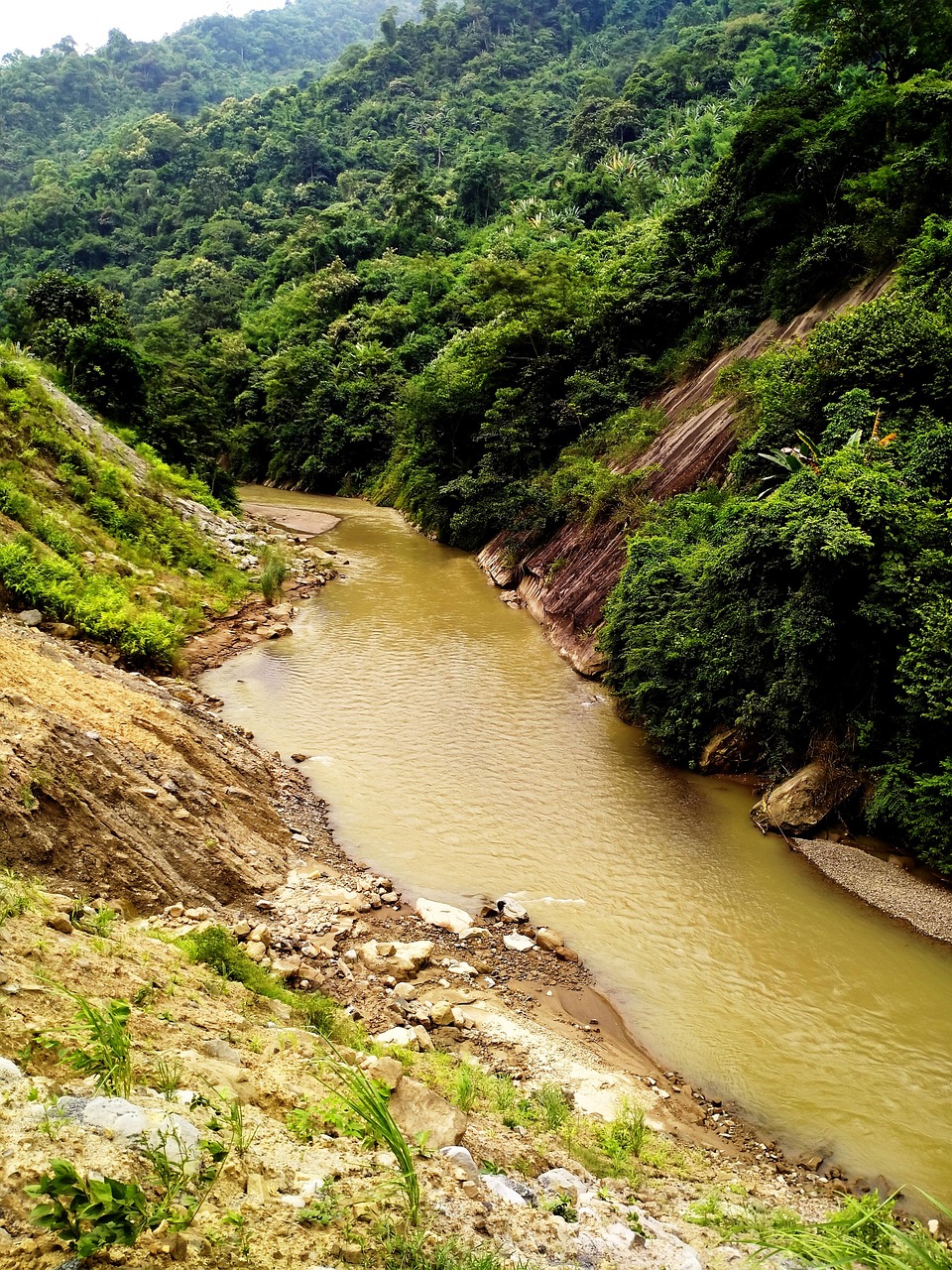Exploring Arunachal Pradesh: The Land of the Rising Sun
Introduction: A Northeastern Frontier of India
Arunachal Pradesh, India’s northeasternmost state, was formed from the North-East Frontier Agency (NEFA) and attained statehood on 20 February 1987. The capital and largest city is Itanagar. The state shares borders with Assam and Nagaland to the south, and international boundaries with Bhutan to the west, Myanmar to the east, and China’s Tibet Autonomous Region to the north, demarcated by the McMahon Line. China claims the region as “South Tibet” and occupied parts of it during the 1962 conflict before withdrawing.
Economy and Infrastructure
The state’s economy is predominantly agrarian, with agriculture and horticulture as mainstays. Rich in natural resources, including forests and minerals, Arunachal Pradesh is developing its hydropower potential through various projects. Efforts are underway to enhance infrastructure, focusing on improving road and communication networks to boost economic growth and accessibility.
History and Cultural Legacy
Home to diverse indigenous tribes, Arunachal Pradesh boasts a rich cultural heritage. Festivals like Losar, Nyokum, Solung, and Dree reflect the vibrant traditions of its people. Traditional dances, music, and crafts are integral to the state’s identity.
Conclusion: Arunachal Pradesh’s Unique Charm
With its natural beauty, rich cultural heritage, and strategic significance, Arunachal Pradesh offers a unique experience. From exploring pristine landscapes to engaging in vibrant festivals, the state stands as a remarkable destination in India.
– Your Next Adventure Awaits!
Exploring Assam: The Gateway to Northeast India
Introduction: A Land of Rivers and Hills
Assam, located in northeastern India, spans approximately 78,438 square kilometers, making it the second-largest state in the region. It is connected to the rest of India via the Siliguri Corridor.
Geography and Climate
The state features the Brahmaputra Valley in the north and the Barak Valley in the south, with hilly terrains in between. Assam experiences a tropical monsoon climate, marked by heavy rainfall and high humidity from June to September.
Economy and Infrastructure
Assam is renowned for its tea plantations, silk production, and was the first site for oil drilling in Asia. The state’s infrastructure is continually evolving, with significant developments in transportation and urbanization, particularly in cities like Guwahati, the largest in northeastern India.
Cultural Diversity and Languages
Assam is a melting pot of cultures and languages. While Assamese and Bengali are the primary official languages, the state recognizes Manipuri as an additional official language in certain regions. In 2024, the Assam Official Language (Amendment) Bill was passed, designating Manipuri as an associate official language in the Barak Valley districts—Cachar, Hailakandi, and Karimganj—as well as in Hojai district. This decision acknowledges the significant Manipuri-speaking population in these areas.
Conclusion: Assam’s Unique Charm
With its rich natural resources, cultural heritage, and strategic location, Assam offers a unique blend of tradition and modernity. From its lush tea gardens to its vibrant festivals, Assam invites you to explore its myriad attractions.
– Your Next Adventure Awaits!
Exploring Odisha: The Cultural Gem of Eastern India
Introduction: A State Rich in Heritage
Odisha, formerly known as Orissa, is a vibrant state located on the eastern coast of India. It is the eighth-largest state by area, covering approximately 155,707 square kilometers, and the eleventh-largest by population, with over 41 million residents. The state is renowned for its significant population of Scheduled Tribes, ranking third-largest in India.
Geography and Neighbors
With a coastline stretching 485 kilometers along the Bay of Bengal, Odisha shares its borders with four states: West Bengal to the northeast, Jharkhand to the north, Chhattisgarh to the west, and Andhra Pradesh to the south.
Cultural Significance
Historically referred to as Utkala, Odisha is mentioned by this name in India’s national anthem, “Jana Gana Mana.” The state’s official language is Odia, recognized as one of India’s Classical languages, reflecting its rich literary and cultural heritage.
Conclusion: Discover Odisha’s Unique Charm
From its diverse cultural tapestry to its scenic landscapes, Odisha offers a unique blend of tradition and natural beauty. Whether exploring ancient temples, enjoying vibrant festivals, or experiencing its coastal allure, Odisha invites you to uncover its many treasures.
– Your Next Adventure Awaits!
Exploring Sikkim: The Mountain Jewel of Northeastern India
Introduction: A Land of Majestic Peaks
Sikkim, nestled in northeastern India, is the country’s least populous and second-smallest state. It shares borders with Tibet to the north and northeast, Bhutan to the east, Nepal to the west, and West Bengal to the south. Proximate to the Siliguri Corridor, Sikkim is strategically positioned near Bangladesh. Dominated by the Eastern Himalayas, the state boasts diverse climates and is home to Kangchenjunga, India’s highest peak and the world’s third-highest. The capital and largest city is Gangtok. Notably, approximately 35% of Sikkim is encompassed by the Khangchendzonga National Park, a UNESCO World Heritage Site. citeturn0search0
Geography and Climate
Sikkim’s terrain rises dramatically from about 750 feet in the Tista River valley to nearly 28,200 feet at Kangchenjunga. This elevation gradient results in a range of climates, from subtropical in the lower regions to alpine in the higher altitudes. The state’s unique topography contributes to its rich biodiversity and varied ecosystems.
Cultural Significance
Sikkim is a melting pot of cultures, with influences from neighboring regions and indigenous communities. The state recognizes multiple official languages, reflecting its diverse heritage. In 2022, Bhujel, once considered nearly extinct, was added to Sikkim’s list of official languages, highlighting efforts to preserve linguistic diversity.
Conclusion: Discover Sikkim’s Unique Charm
From its towering peaks to its rich cultural tapestry, Sikkim offers a unique blend of natural beauty and heritage. Whether you’re an adventurer seeking mountainous terrains or a traveler eager to experience diverse cultures, Sikkim invites you to explore its many wonders.
– Your Next Adventure Awaits!
Exploring Meghalaya: The Abode of Clouds
Introduction: A State Carved from Hills
Meghalaya, meaning “abode of clouds,” is a picturesque state in northeastern India. Established on January 21, 1972, it was formed by carving out the United Khasi Hills, Jaintia Hills, and Garo Hills districts from Assam. The state spans approximately 22,429 square kilometers, with a length of about 300 kilometers and a breadth of 100 kilometers. It shares its borders with Assam to the north and east, and Bangladesh to the south and west. The capital city, Shillong, is often referred to as the “Scotland of the East” due to its rolling hills and scenic beauty.
Population and Language
As of the 2011 census, Meghalaya had a population of approximately 2.97 million. The state has seen growth over the years, with estimates suggesting a population of around 3.36 million by 2025. English serves as the official language, facilitating communication and administration across the diverse communities.
Unique Cultural Practices
Distinctively, Meghalaya follows a matrilineal system where lineage and inheritance are traced through women. In this tradition, the youngest daughter inherits the family’s wealth and assumes responsibility for caring for her parents. This cultural practice highlights the significant role of women in Meghalaya’s societal structure.
Conclusion: Discover Meghalaya’s Enchanting Landscapes
From its lush green hills to its rich cultural heritage, Meghalaya offers a unique blend of natural beauty and tradition. Whether you’re exploring the living root bridges, experiencing local festivals, or simply enjoying the serene landscapes, Meghalaya invites you to uncover its many wonders.
– Your Next Adventure Awaits!
Exploring Nagaland: The Land of Vibrant Tribes
Introduction: A Northeastern Gem
Nagaland, located in northeastern India, shares its eastern border with Myanmar (Burma). The state’s capital is Kohima, while its largest city is the Chümoukedima–Dimapur urban area. Covering an area of 16,579 square kilometers, Nagaland had a population of 1,978,502 according to the 2011 Census, making it one of India’s least populous states.
Cultural Diversity and Traditions
The state comprises 16 administrative districts, inhabited by 17 major tribes and numerous sub-tribes. Each tribe possesses distinct languages, customs, and traditional attire, with rich oral traditions passed down through generations. The earliest recorded history of the Nagas dates back to the 13th century.
Language and Communication
English serves as the official language of Nagaland, facilitating communication and administration. Additionally, Nagamese, a creole language based on Assamese, is widely spoken and understood across the state, bridging linguistic gaps among the diverse tribal communities.
Conclusion: Experience Nagaland’s Rich Heritage
From its diverse tribal cultures to its scenic landscapes, Nagaland offers a unique blend of tradition and natural beauty. Visitors can immerse themselves in vibrant festivals, explore traditional crafts, and engage with the hospitable local communities.
– Your Next Adventure Awaits!
Exploring West Bengal: The Cultural Mosaic of Eastern India
Introduction: A State Rich in Diversity
West Bengal, located in eastern India along the Bay of Bengal, is the nation’s fourth-most populous state, with over 91 million residents. Covering an area of 88,752 square kilometers, it ranks as the 14th largest state by area. The state shares international borders with Bangladesh to the east, and Nepal and Bhutan to the north. Its capital, Kolkata, is a major metropolis and serves as the primary financial and commercial hub of eastern and northeastern India. The city proper has an estimated population of 4.5 million, making it the seventh most populous city in India, while the Kolkata Metropolitan Area, with over 15 million residents, ranks as the third-largest metropolitan area in the country.
Geographical Features
West Bengal’s diverse landscape includes the Darjeeling Himalayan hill region in the north, the fertile Ganges delta, the Rarh region, and the coastal Sundarbans, which is home to the world’s largest mangrove forest and a UNESCO World Heritage Site. The state’s varied topography supports a rich biodiversity and a range of climatic conditions.
Demographics and Culture
The predominant ethnic group in West Bengal is the Bengalis, with Bengali Hindus forming the majority. The state is known for its rich cultural heritage, encompassing literature, music, art, and cuisine. Bengali, the state’s official language, is widely spoken, while English is also used for official and administrative purposes.
Conclusion: Experience the Essence of West Bengal
From the bustling streets of Kolkata to the serene landscapes of the Sundarbans, West Bengal offers a unique blend of urban vibrancy and natural beauty. Its rich cultural tapestry and historical significance make it a compelling destination for travelers and scholars alike.
– Your Next Adventure Awaits!

